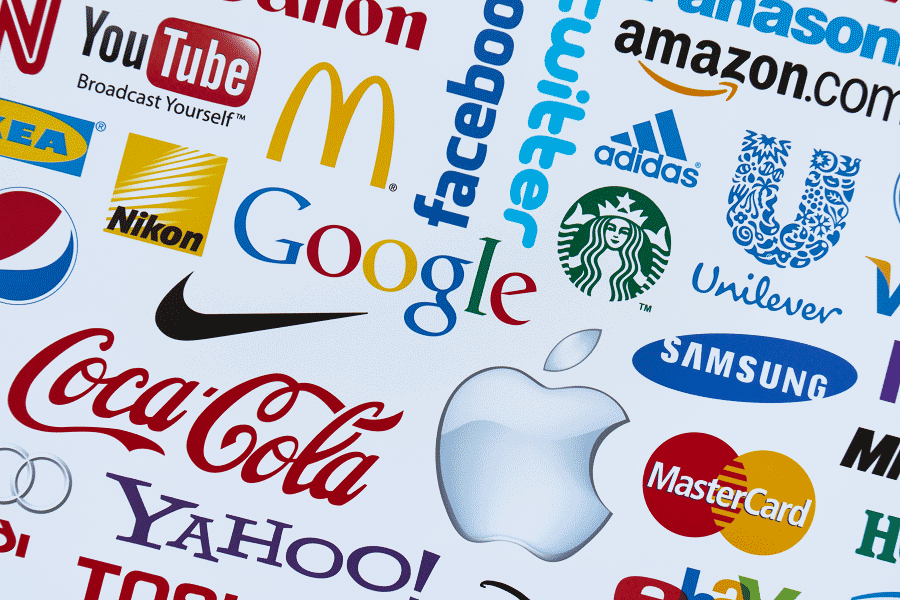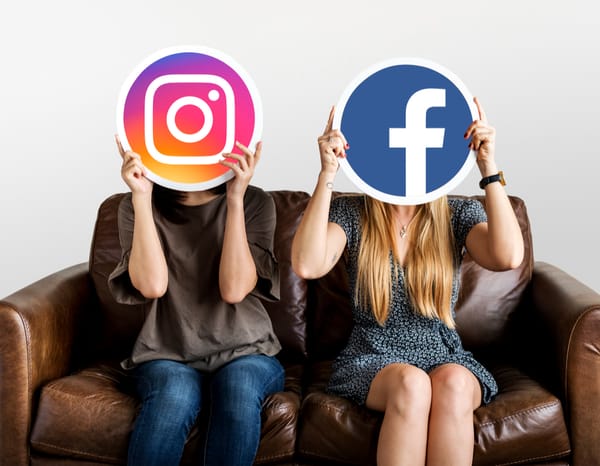Beyond Logos: The New Art of Branding Through Storytelling
You can influence your brand through your actions, your communication, and yes, your storytelling. But ultimately, your brand is shaped by how your audience perceives and experiences your business.

Picture this: You're walking down a busy street, and you spot someone wearing a t-shirt with a familiar swoosh. Without even seeing the name, you immediately think of athletic performance, innovation and maybe even controversy. That is the power of a brand.
But here's the plot twist: that power doesn't lie in the swoosh itself. It's in the story that symbol represents, the emotions it evokes, and the values it embodies in the minds of millions. Welcome to the new world of branding, where storytelling reigns and logos are just the tip of the iceberg.
The Great Brand Shift: From Visual to Visceral
For decades, the concept of a "brand" was synonymous with its visual identity - logos, colour schemes, typefaces and catchy slogans. But in today's hyper-connected, experience-driven world, this definition falls woefully short.
Enter the new paradigm:
"A brand is the emotional resonance and perceived value that a company, product, or service evokes in the hearts and minds of its audience."
This shift is seismic. It moves branding from the realm of graphic design into the domain of storytelling, psychology and human connection. But what does this mean for businesses, especially smaller ones without large marketing budgets? Let's unpack this new definition and explore its implications.
The Heart of the Matter: Emotional Resonance
At the core of this new brand definition is the concept of emotional resonance. It's not about what your product does, but how it makes people feel.
Think about Apple. Sure, they make great technology, but what they're really selling is creativity, innovation, and a certain cool factor. People don't just buy Apple products; they buy into the Apple story.
Small Business Takeaway: What emotions do you want your brand to evoke? Joy? Trust? Excitement? Nostalgia? Your story should be crafted to elicit these specific emotional responses.
The Mind Game: Perceived Value
The second part of our new brand definition focuses on perceived value. This isn't about price point or features - it's about the worth your audience assigns to your offering based on their perception of your brand.
Consider the difference between a $5 cup of coffee from a trendy local roastery and a $1 cup from a gas station. Objectively, they both provide caffeine, but the perceived value of the former is much higher due to the brand story surrounding it.
Small Business Takeaway: How can you increase the perceived value of your offerings through storytelling? What unique aspects of your business can you highlight to justify a premium in your customers' minds?
The Plot Twist: You're Not the Author
Here's where it gets interesting (and perhaps a bit scary for control freaks): You don't actually have direct control over your brand. Why? Because your brand exists in your audience's minds.
As Amazon founder Jeff Bezos famously said, "Your brand is what other people say about you when you're not in the room."
You can influence your brand through your actions, your communication, and yes, your storytelling. But ultimately, your brand is shaped by how your audience perceives and experiences your business.
Small Business Takeaway: Focus on creating positive experiences and telling authentic stories. Your brand will naturally follow.
Storytelling: The Brush That Paints Your Brand
If your brand is a masterpiece, storytelling is the brush you use to create it. But how exactly does storytelling shape a brand? Let's break it down:
- Creates Emotional Connections: Stories engage our emotions in a way that facts and figures never could. By telling stories that resonate with your audience's experiences and values, you create an emotional bond with your brand.
- Builds Trust: Authentic stories, especially those that show vulnerability or highlight your company's values in action, can build trust with your audience.
- Differentiates Your Brand: In a crowded market, your unique story can set you apart from competitors.
- Makes Your Brand Memorable: People remember stories long after they forget facts. A compelling brand story will stick in your audience's mind.
- Gives Meaning to Your Offerings: Stories can imbue your products or services with meaning beyond their functional benefits.
The New Brand Storytellers: Small Businesses Lead the Way
Here's some good news for small businesses: You actually have an advantage in this new branding landscape. Why? Because authentic, personal stories - the kind that truly resonate with audiences - are often easier for small businesses to tell.
Let's look at a few examples:
The Local Bakery: Instead of just advertising "fresh bread daily," they tell the story of their century-old sourdough starter, passed down through generations of bakers in their family.
The Independent Bookstore: Rather than competing on price with online giants, they focus on their role as a community hub, sharing stories of book clubs, author events, and how they've helped local readers discover their new favourite books.
The Eco-Friendly Cleaning Service: They don't just list their green cleaners. They share the founder's personal journey to create a safer, healthier environment for her children, which led to starting the business.
Crafting Your Brand Story: A Guide for Small Businesses
So, how can you start shaping your brand through storytelling? Here's a step-by-step guide:
- Define Your Core Values: What does your business mean? What motivated you to start it?
- Identify Your Audience: Who are you trying to reach? What do they care about?
- Find Your Unique Angle: What makes your business different? What interesting stories lie in your history, your process, or your vision for the future?
- Be Authentic: Don't try to be something you're not. Authentic stories resonate the most.
- Show, Don't Tell: Use specific examples and anecdotes to illustrate your brand values in action.
- Engage All Senses: Use vivid, sensory details in your stories to make them more immersive.
- Be Consistent: Ensure your story is reflected consistently across all touchpoints - from your website to your customer service.
- Invite Participation: Encourage customers to be part of your story. User-generated content can be a powerful brand-building tool.
Measuring the Intangible: Brand Metrics in the Story Age
If your brand is now about emotions and perceptions, how do you measure its strength? Here are some metrics to consider:
- Net Promoter Score (NPS): This measures how likely customers are to recommend your brand to others.
- Brand Sentiment: Monitor social media and reviews for the emotional tone of comments about your brand.
- Customer Lifetime Value: A strong brand should increase customer loyalty and, consequently, lifetime value.
- Price Premium: Are customers willing to pay more for your brand compared to competitors?
- Employee Satisfaction: Your employees should be your biggest brand ambassadors. Their satisfaction is a good indicator of brand health.
The Never-Ending Story: Your Brand's Continuous Evolution
Remember, your brand story isn't a once-and-done effort. It's an ongoing narrative that evolves with your business and your audience. Keep listening to your customers, stay true to your values, and don't be afraid to add new chapters to your story as you grow.
In this new age of branding, your logo is just the cover of your book. The real magic lies in the stories you tell, the emotions you evoke, and the value you create in the hearts and minds of your audience.
So, small business owners, it's time to put down the brand style guide and pick up your storytelling pen. Your audience is waiting, and they're ready to feel something. What story will you tell?




